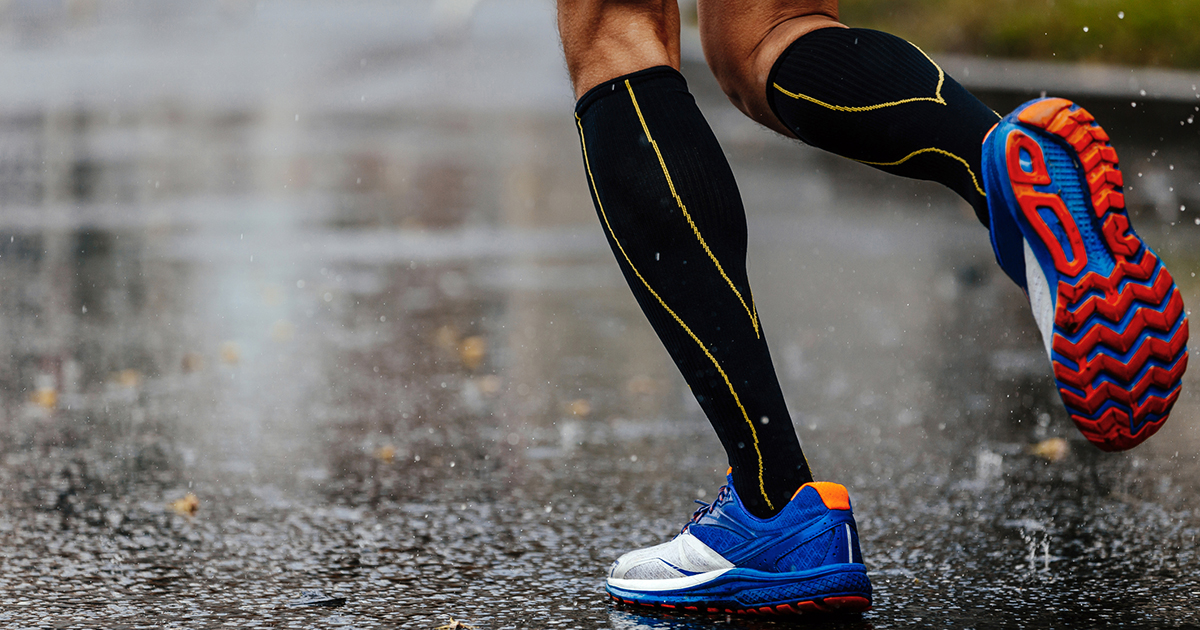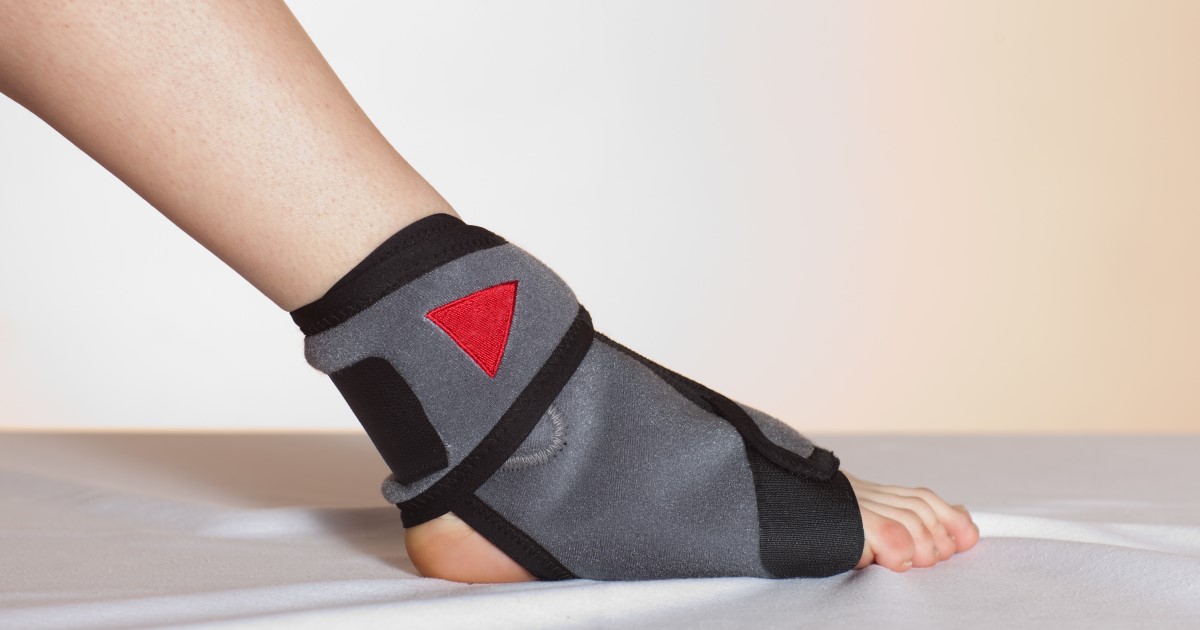How To Treat Plantar Fasciitis
Plantar fasciitis is a prevalent foot condition that causes pain in the heel. When the fascia, the tissue band connecting the heel to the toes, becomes irritated or inflamed, it causes pain in the heel. It typically occurs as a result of poor weight distribution in the foot or after excessive and repetitive use and is most common in individuals who regularly run long distances or spend a lot of time on their feet. Common risk factors also include tightness in the calf muscles, age, poor arch support, being overweight, and wearing footwear that lacks proper structure and support. Thankfully, however, there are several ways to treat and prevent plantar fasciitis.
Prevention With Compression

There are a variety of ways an individual can prevent plantar fasciitis from happening to them. For instance, when a person wakes up and experiences heel pain first thing in the morning or suffers from a significant amount of pain at night, they can find relief by resting and staying off their feet, icing the affected foot to reduce inflammation and pain, exercising the foot, wearing comfortable and supportive shoes and insoles, and wearing compression socks. Compression socks and compression sleeves, especially socks that specifically prevent and treat plantar fasciitis, can help ease the pain the patient is experiencing.
Designed for maximum comfort and crafted from the softest, highest quality materials, these compression socks are specifically engineered for those with plantar fasciitis to help soothe the foot and heel, and to provide maximum pain relief, as they provide the necessary support and compression to the plantar fascia tissues, heel and arch as well, preventing and treating excruciating pain from reoccurring. These socks also help to increase circulation, reduce swelling and inflammation, prevent irritation to the affected area on the foot, and fit comfortably and sleekly in any shoe. Prevent plantar fasciitis from happening to you and help treat it fast with a pair of these fantastic and sleek compression socks foot sleeves for rapid pain relief today.
The Importance Of Proper Support

As previously mentioned, to effectively prevent and treat plantar fasciitis, an individual will need to properly support their feet with the right pair of shoes, insoles, braces, and a night splint. For proper foot and heel support, it all starts with the right footwear. A pair of orthopedic shoes designed to specifically prevent and treat plantar fasciitis, provide maximum comfort and support to the foot and heel, as most shoes come with a premium orthotic insole that provides arch support, cushions the heel, conforms to the contours of the foot while walking, and enhances comfort and helps to relieve heel, foot and other lower body pain associated with plantar fasciitis.
A heel or arch support brace can also work wonders for an individual struggling with plantar fasciitis pain. Offering tremendous arch support and helping to absorb damage and shock the foot might encounter, a support brace will minimize the damage done to the foot as well as alleviate heel and arch pain due to the extra support the foot will receive. A foot brace or night splint is also another alternative way to help prevent and treat plantar fasciitis as it offers fantastic foot support and provides morning pain relief, as this brace is designed to keep the foot stretched and provide corrective orthopedic support for drop foot. Put an extra spring in your step and alleviate foot and heel pain with the proper support by ordering a pair of orthopedic shoes, a heel or arch support brace, or a foot brace or night splint, today.
